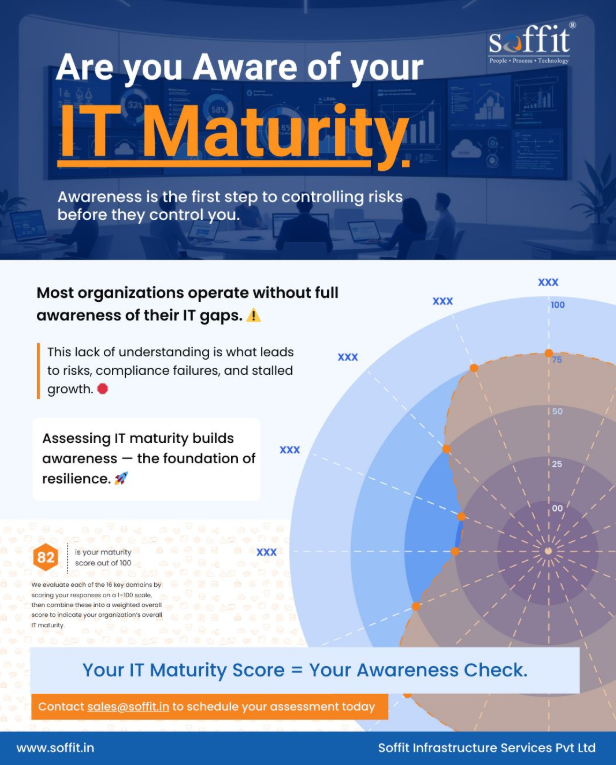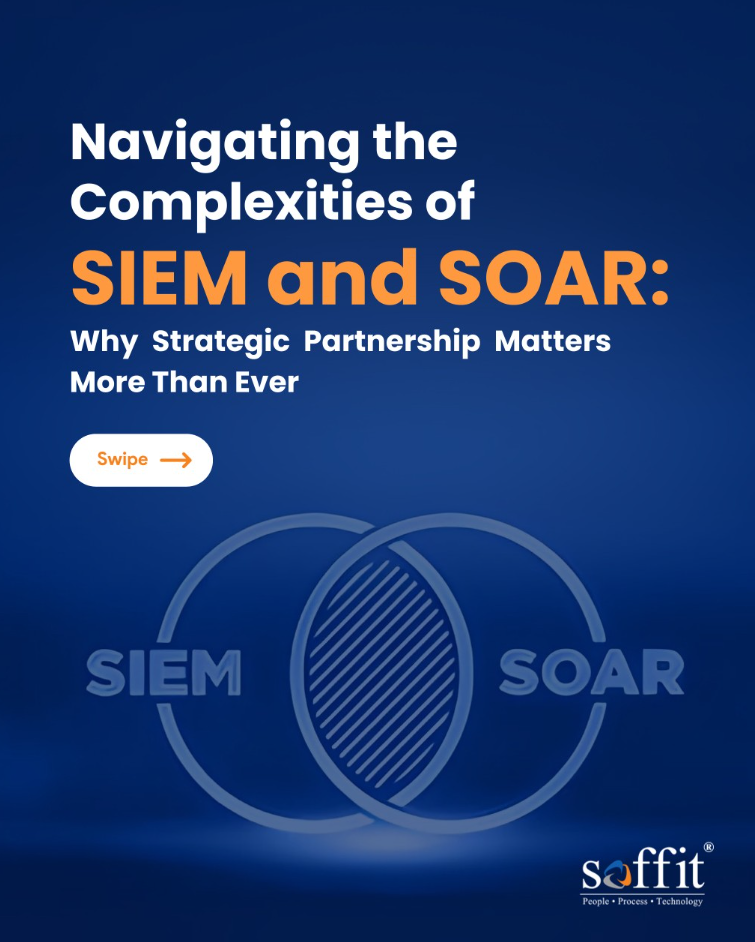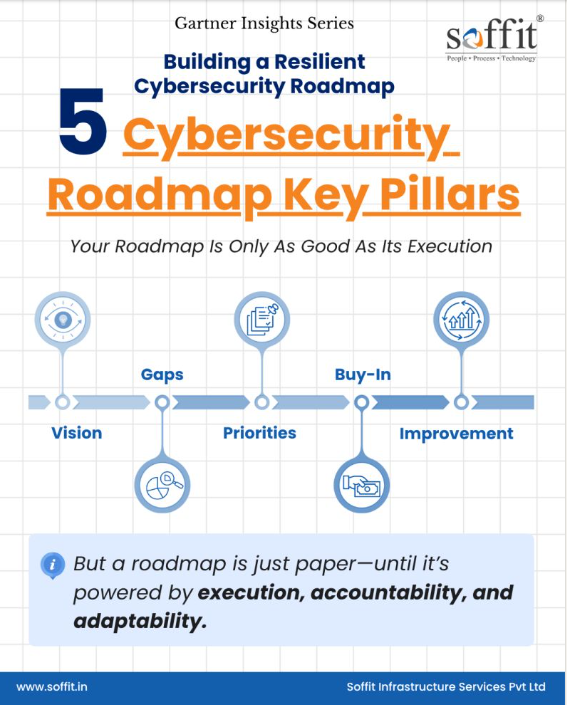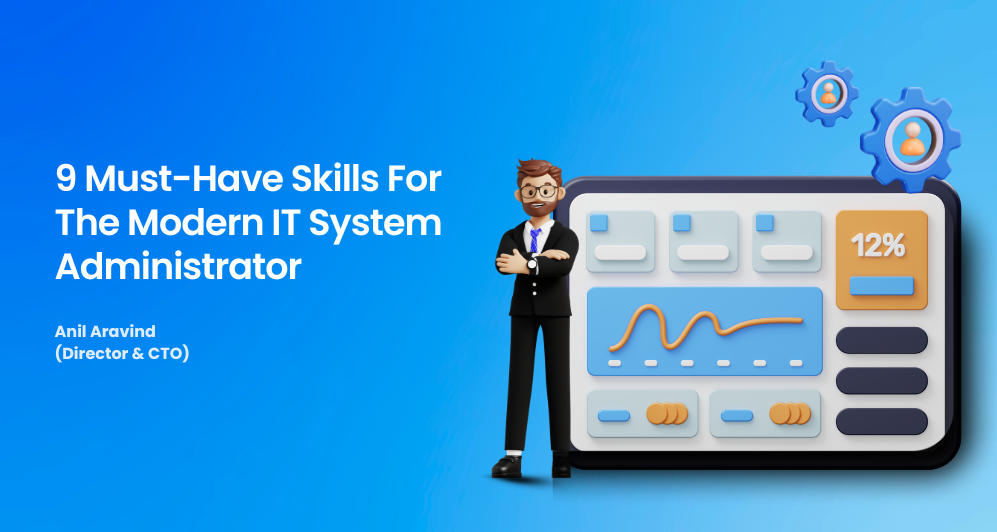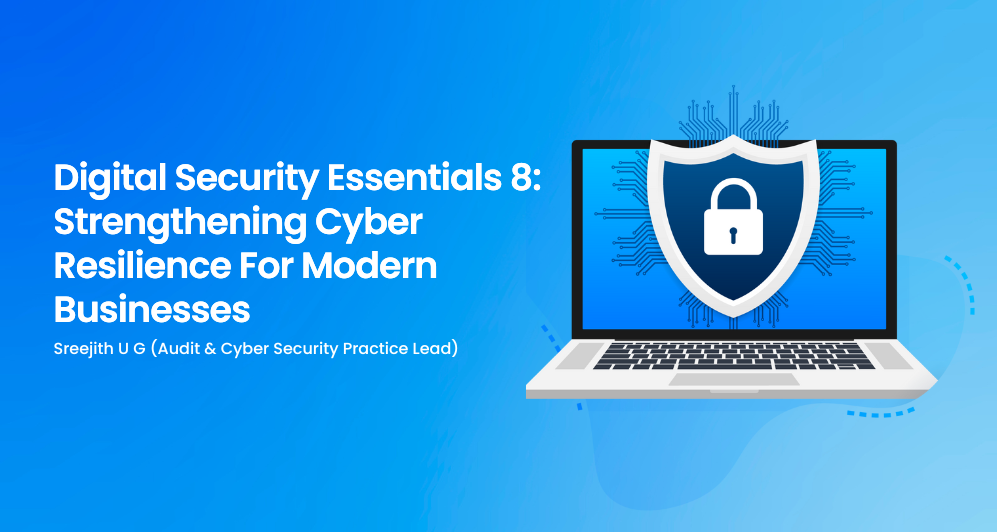
Heading
Lorem ipsum dolor sit amet, consectetur adipiscing elit. Suspendisse varius enim in eros elementum tristique. Duis cursus, mi quis viverra ornare, eros dolor interdum nulla, ut commodo diam libero vitae erat. Aenean faucibus nibh et justo cursus id rutrum lorem imperdiet. Nunc ut sem vitae risus tristique posuere.
Last updated on
April 3, 2025
min read
In an ecosystem dominated by high-profile data breaches and cyber threats, organisations are waking up to the need for information security to secure their valuable assets while maintaining their reputation. ISO 27001 stands as a beacon of excellence, offering a framework for establishing an efficient Information Security Management System (ISMS) and safeguarding sensitive information. However, getting started on the ISO 27001 implementation road could prove complex and challenging. In this blog, we will delve into the best practices of planning and implementing ISO 27001 to overcome the typical roadblocks and ensure successful implementation. Additionally, we will focus on the intricacies that organizations may face along the way.
Best Practices in Planning and Implementing ISO 27001
ISO 27001 necessitates an in-depth approach to develop and implement robust information security practices. It is important to note that the implementation of ISO 27001 is an iterative and interconnected process. Each step builds upon the previous one, contributing to the overall effectiveness of the ISMS.
The following are the best practices to consider during the planning phase:
Scoping: Define the scope of your ISMS by Identifying the information assets, processes, departments, products, services and locations that you need to protect. Be specific and realistic while defining the scope. This makes it easier in establishing a focused approach and avoids overlooking critical areas.
Management commitment: Seek commitment and support from top management, which is crucial for allocating resources, setting objectives, and creating a culture of security within the organization. Their buy-in is critical for effective implementation.
Resource allocation: Allocate sufficient resources, including personnel, budget, and time, for the planning, implementation and its maintenance. Adequate resources ensure that the critical activities, such as risk assessments, documentation, and training, are properly executed.
Holistic risk assessment: Conduct a thorough risk assessment to identify and assess potential security issues in assets, vulnerabilities, threats, and the impact of security incidents. Prioritize risks based on their significance and develop a risk management strategy.
Stakeholder involvement: Involve stakeholders from all departments and levels of the organization. Their input and engagement will provide valuable insights, foster ownership, and increase the likelihood of successful implementation.
Here are the best practices to consider during the implementation phase:
Establishing policies: Develop information security policies aligned with ISO 27001 requirements. Tailor these controls to your organization's needs and risk appetite, setting the tone for information security practices.
Implementing controls: Identify and implement controls to mitigate identified risks. Customize them to your organization's needs and risk profile.
Training employees: Provide comprehensive training on information security policies, procedures, and individual responsibilities. Foster a security-conscious culture throughout the organization, ensuring employees understand their role in maintaining information security.
Integration with existing processes: Integrate information security practices with existing business processes and systems. Avoid duplication and ensure security measures seamlessly integrated into day-to-day operations.
Practical Tips and Recommendations:
Establish a project team or committee to oversee the implementation.Develop a detailed project plan with timelines and milestones.Clearly communicate the objectives and benefits of ISO 27001 to gain employee support.Conduct training sessions to educate employees about the standard and their responsibilities in upholding information security.Seek external experts or consultants if needed for guidance and expertise.
Challenges in Planning and Implementing ISO 27001
Considering each organization's business approach is unique, the planning step becomes highly specialized and particular to their objectives and goals. The organization's size, industry dynamics, strategic goals, internal structure, and external market circumstances all contribute to its uniqueness. As a result, the implementation process varies considerably. Here are some of the significant problems that you could face at each stage:
Organizational commitment and involvement
Implementing ISO 27001 calls for high level of dedication and engagement from all levels of the organisation. Firstly, securing long term top management buy-in and support can be challenging owing to conflicting priorities or a lack of awareness regarding the necessity of information security. Securing their commitment is critical for assigning essential resources and effectively pushing implementation and maintenance thereafter. Secondly, engaging employees at all levels of the organisation can also be challenging. Raising knowledge about information security, cultivating a security-aware culture, and encouraging active participation in implementing security measures require concerted efforts. Resistance to change and concerns about potential disruption to normal work routines may contribute to a decline in staff engagement.
Lack of internal expertise and knowledge
ISO 27001 underlines the need of carrying out a thorough risk assessment and implementing appropriate risk mitigation measures. This process requires a deep understanding of various aspects, including conducting a comprehensive and accurate risk assessment, defining the scope of the implementation, identifying and prioritizing risks, and adopting suitable controls to effectively manage those risks.
Availability of resources and time constraints
Implementing ISO 27001 requires dedicated personnel with the necessary knowledge and expertise in information security management. However, organizations often face challenges in allocating skilled personnel for this task. Existing workloads and conflicting priorities can limit the availability of individuals who can fully commit to the implementation process. This challenge is further exacerbated by the complex nature of the implementation process, which includes activities such as risk assessments, establishing policies, and conducting audits. These activities demand a significant amount of time and can be difficult to accommodate with organizational schedules.
In addition to personnel constraints, organizations must also consider the allocation of financial resources. Budget constraints or conflicting financial goals may make it challenging to acquire the necessary resources for successful implementation. Adequate budgeting is essential to cover expenses such as training, security systems, and continuous compliance initiatives.
Documentation and documentation management
ISO 27001 requires the creation and maintenance of various documentation, including policies, procedures, and records. However, organizations may find it difficult to develop clear and concise documentation that aligns with the standard's requirements while being practical and understandable for employees. Establishing effective documentation management processes, such as version control, access control, and regular review and updates, can also be a challenge, especially when the organisation evolves, and new information security standards emerge. Implementing excellent documentation management practises ensures that documentation stays current, accessible, and in sync with the organization's changing needs and industry best practises.
You can effectively implement ISO 27001 by proactively addressing these problems and executing the recommended mitigation strategies.
Conclusion
Organizations face a plethora of uncertainties in the present-day evolving business market, where every decision can make or break your success. Implementing ISO 27001 provides an enormous potential for organisations to improve their information security practises. By prioritising the ISO 27001 framework, organizations can gain a competitive advantage by building trust with stakeholders, ensuring regulatory compliance, long-term success and sustainability.
References:
Why ISO 27001 Certification is a Must-Have for Your Business?
Gartner’s Top 10 Technologies for Information Security
Standard of good practice for information security
Join our Community
Subscribe for exclusive updates and news.
Read about our privacy policy.



.svg)












.webp)
.webp)
.webp)
.webp)
.webp)
.svg)






.webp)

.webp)








